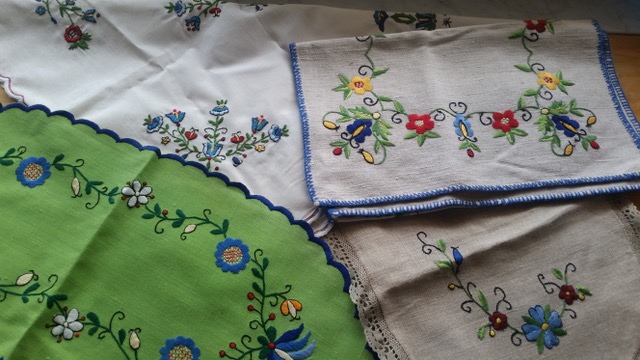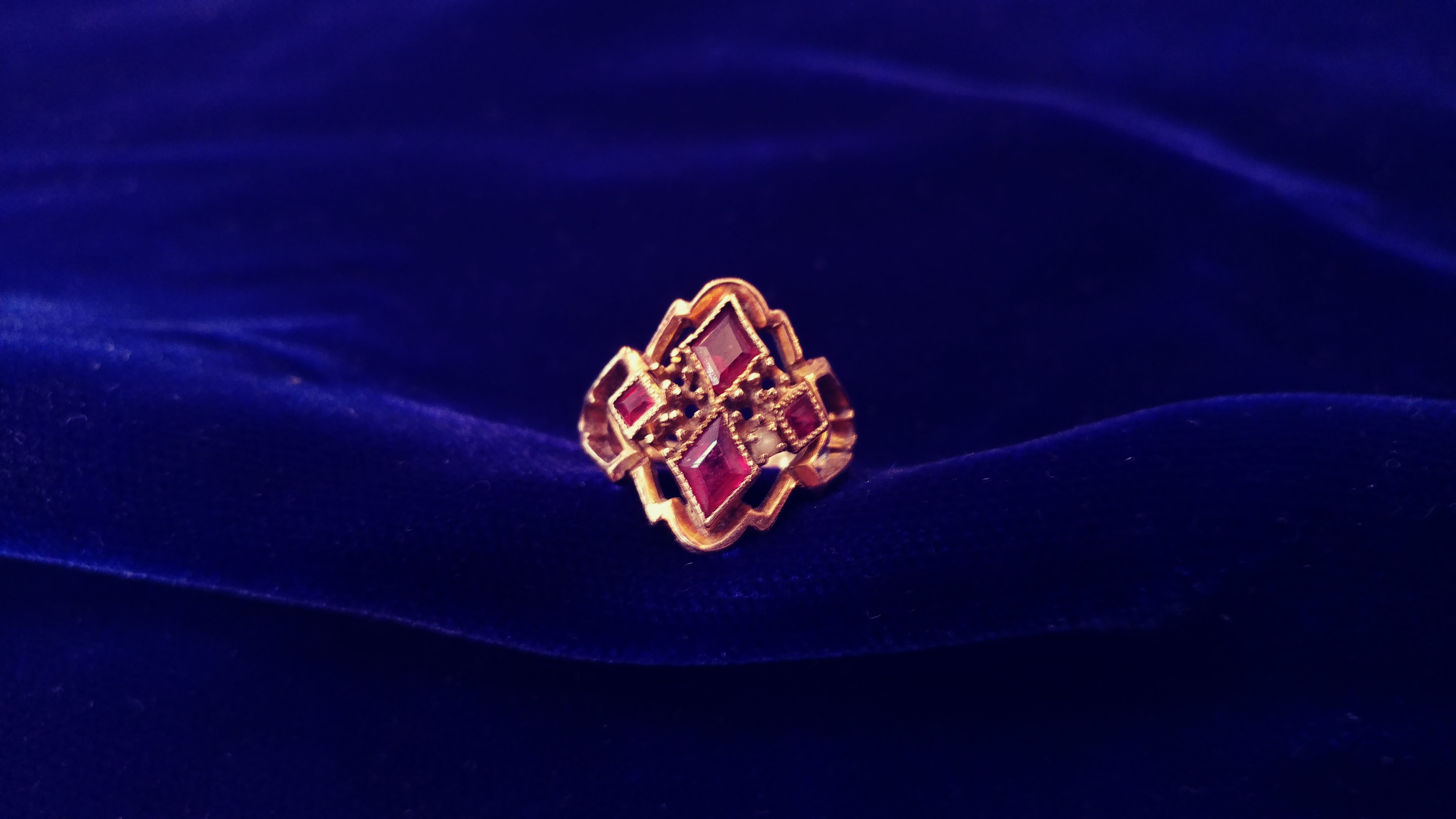Objects that speak
How can one know the number of things in the world? Is a galaxy a thing? A star? A molecule? … Let us keep things simple. Let us take ‘things’ as referring to those objects made by man. Leaving stones, moss, natural elements and empty shells all to one side… everything except human things. Created on purpose by human agency.
(Roger-Pol Droit, How are Things? 7-8)
To begin with, tell yourself that things are in effect folded propositions. Or the folds of ancient and vanished phrases. Or the solid residues of extinct words. I don’t exactly know which path to take but yes, in this general direction. I dream of recovering the ideas sealed inside some of the things woven into our everyday lives hour by hour, gesture by gesture.
(Roger-Pol Droit, How are Things? 11)

https://polishamericanstudies.org/text/163/threads_of_heritage.html
Old furniture, books, dolls, pottery, so much old stuff… all these various objects encircle us and take up crucial living space. Do they add anything to our lives? We often treat them as an addition to our lives, as a sign of prestige and possession. They tell the story of who we are, the hobbies we have, sometimes the fear or ambition that consume us. Perhaps they simply pollute the space around un with unnecessary memories of various moments we experienced, people we used to know, journeys we took or only dreamt of taking, things that symbolize fulfilled or unfulfilled potential or dreams. They do participate in our lives, they are elements of material culture, they help sustain our social lives, but do they perhaps also live separate lives from us?
.png)
Right: Emilian Identification card, July 19, 1933 Zloczow
https://polishamericanstudies.org/text/156/docs.html
In the collection of objects included on this site, PAHA hopes to engage with the history of Polish Americans, but also to reflect on the phenomenology of objects. The objects tell the stories of people who traveled across the Atlantic. Most of the objects were to help them fulfill their dreams of remaking their lives anew far away from home. While they symbolize the importance of the home left behind, they also testify to the Polish immigrants’/people’s efforts to imbue a new home with significance. One of the first stories that grabbed our hearts – the story that is included on the website – was the story of a photo from a grandfather’s passport – a terrific example of how some objects, with time, take on a separate life from the one that served their creation; and how many of them now play a role in the lives of future generations. The relationship between us and objects is fluid – they affect our lives, but we also change their purpose. The passport was a tool that helped the grandfather’s transition, but with time, for the younger generations, it became the symbol of that transition, and also a link to the past. Photos of objects send a message of the power of human agency, but also of an individual’s daily life – daily gestures of care that nourish the connection with the past for the future.

https://polishamericanstudies.org/text/112/wedding-ring.html
According to Polish historian Karol Modzelewski, history is the art of translation. History is about people who are different from us, who are no longer with us, who can no longer speak of their fears and motivations. Translating their lives with the help of dusty archives, historical context and appreciation for details, history gives us a chance to understand them. To see people as others, but also as people similar to us – people with fears and ambitions; strengths and weaknesses who engaged in a challenging journey across Atlantic to start a new life. Their migrations reveal the essence of pushing one’s limits, creative adaptations, and cultural permeations. Focusing on objects give this story of migration a new angle. Presenting objects that we chose as representing the lives and stories of our ancestors, however, provides us with a unique opportunity to understand the links that we create between our ancestors, us, and future generations.

https://polishamericanstudies.org/text/110/sewing-machine-and-sheep-with-pysanky.html